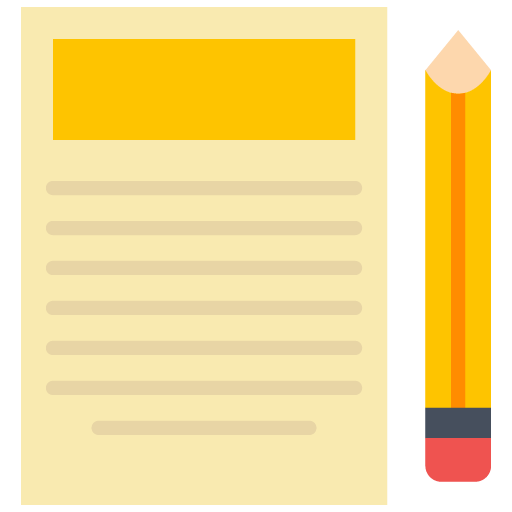Headline Hacks: Proven Formulas That Grab Attention Every Time
In the world of content and copywriting, the headline is the first impression—and often the only chance you get to draw in a reader. A compelling headline doesn’t just summarize an article; it hooks curiosity, signals value, and motivates people to click, read, or take action. Whether you’re writing for a blog, an ad, a landing page, or an email subject line, learning how to craft powerful headlines is one of the most profitable skills a writer can master. Fortunately, effective headlines aren’t a mystery. They follow proven patterns rooted in psychology, clarity, and emotional engagement. Let’s explore the headline formulas that consistently work, and why they do.
The Curiosity Gap Formula
One of the most powerful motivators in human psychology is curiosity. When your headline creates an information gap—something the brain wants to resolve—it encourages the reader to click and learn more. This is the principle behind teasers that hint at a story without giving everything away.
Examples include:
- “What Happened When I Tried This Copy Trick for 7 Days”
- “The One Word That Instantly Improved My Conversions”
- “You’ll Never Believe What This Call-to-Action Did to My Sales”
These headlines work because they offer just enough detail to spark interest while holding back the punchline. The mind feels compelled to close the gap.
The List Format
Numbered lists are incredibly effective because they imply structure, clarity, and completion. People know exactly what to expect and feel that reading the article will give them a specific takeaway. This works especially well in fast-paced environments where attention spans are limited.
Examples include:
- “7 Copywriting Mistakes That Are Costing You Sales”
- “5 Headline Formulas Every Marketer Should Know”
- “10 Ways to Make Your Writing More Persuasive”
Odd numbers tend to perform slightly better because they feel more natural and less curated. Adding a time qualifier or audience (“in 5 minutes,” “for beginners”) can make the headline even stronger.
The “How To” Structure
The “How to” headline is one of the most tried-and-true formats in all of copywriting. It appeals directly to the reader’s desire to learn or solve a problem. This headline type performs best when it is clear, direct, and focused on a specific benefit.
Examples include:
- “How to Write Headlines That Actually Convert”
- “How to Grow Your Email List Without Paid Ads”
- “How to Speak With Confidence in Business Meetings”
This structure works because it promises both clarity and value. When people search online, they are often looking for exactly this kind of guidance.
The Problem-Solution Hook
People are drawn to content that solves their problems. By framing your headline around a pain point and hinting at a solution, you capture attention from readers actively looking for relief or improvement.
Examples include:
- “Struggling to Get Clicks? Try These Headline Tweaks”
- “Why Your Copy Isn’t Selling—And How to Fix It”
- “The Real Reason Your Landing Page Isn’t Converting”
These headlines validate the reader’s frustration and immediately offer hope. That emotional combination is incredibly effective at drawing them in.
The “Command + Benefit” Approach
Sometimes the best way to get attention is simply to tell the reader what to do—and give them a strong reason to do it. These headlines are clear, action-oriented, and direct. They’re especially useful in sales copy and landing pages.
Examples include:
- “Download This Free Headline Guide and Double Your Engagement”
- “Stop Wasting Words—Start Writing Copy That Sells”
- “Grab Your Spot Before This Offer Expires”
This format works well when urgency or a time-sensitive offer is part of the pitch. Strong verbs and a clear reward make these headlines persuasive.
The Question Headline
Asking a question is a way to spark mental engagement. A well-phrased question makes readers pause and consider their own answer, which leads them into the content. The best questions highlight a pain point, challenge an assumption, or create intrigue.
Examples include:
- “Are You Making These Copywriting Mistakes?”
- “What’s the Secret Behind High-Converting Headlines?”
- “Is Your Website Copy Costing You Customers?”
To be effective, the question must be relevant to the audience and hint at something they care deeply about.
Combining Multiple Formulas
Some of the most successful headlines blend formats. For instance, a “how to” combined with a list: “How to Write Better Headlines: 5 Simple Tricks That Work Fast.” Or a problem-solution question: “Not Getting Results from Your Copy? Here’s What You’re Missing.” These hybrids can be especially powerful when you understand the purpose behind each structure.

